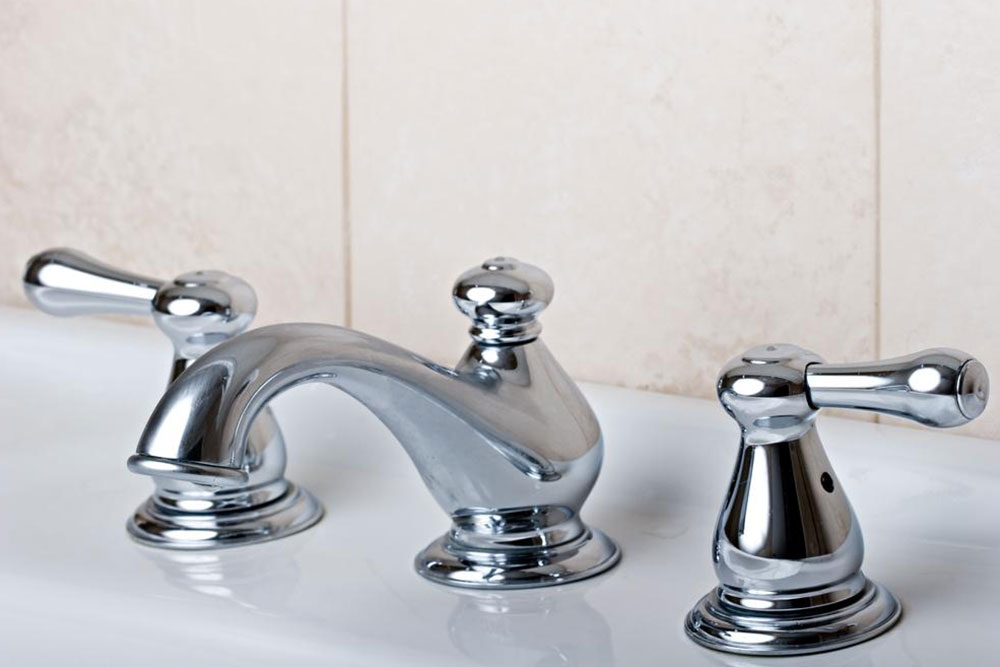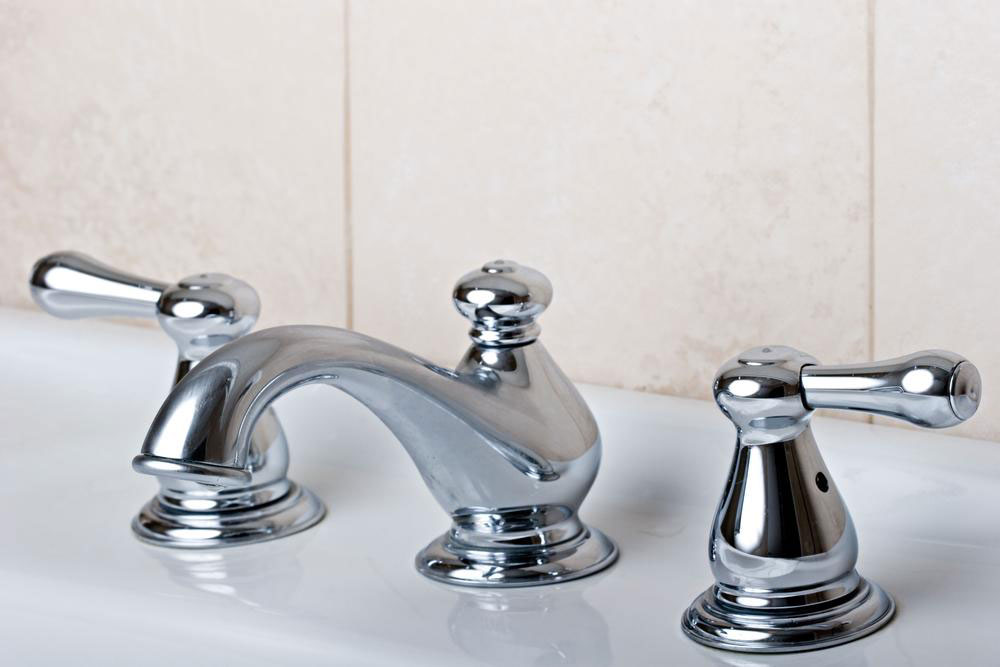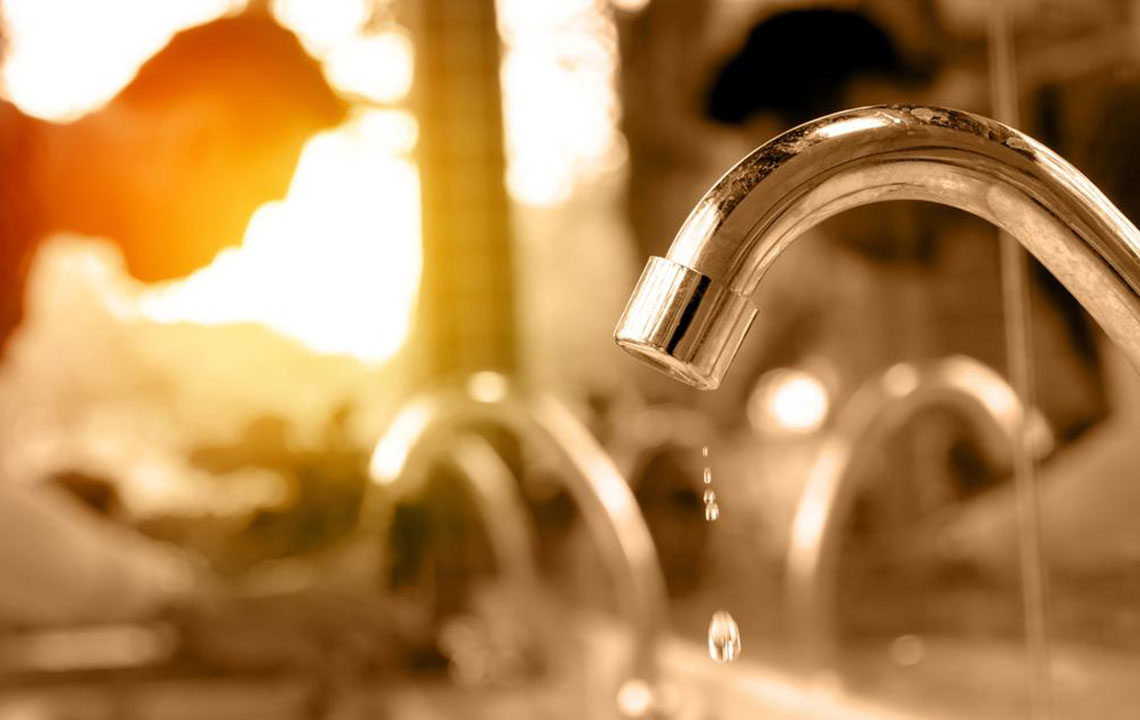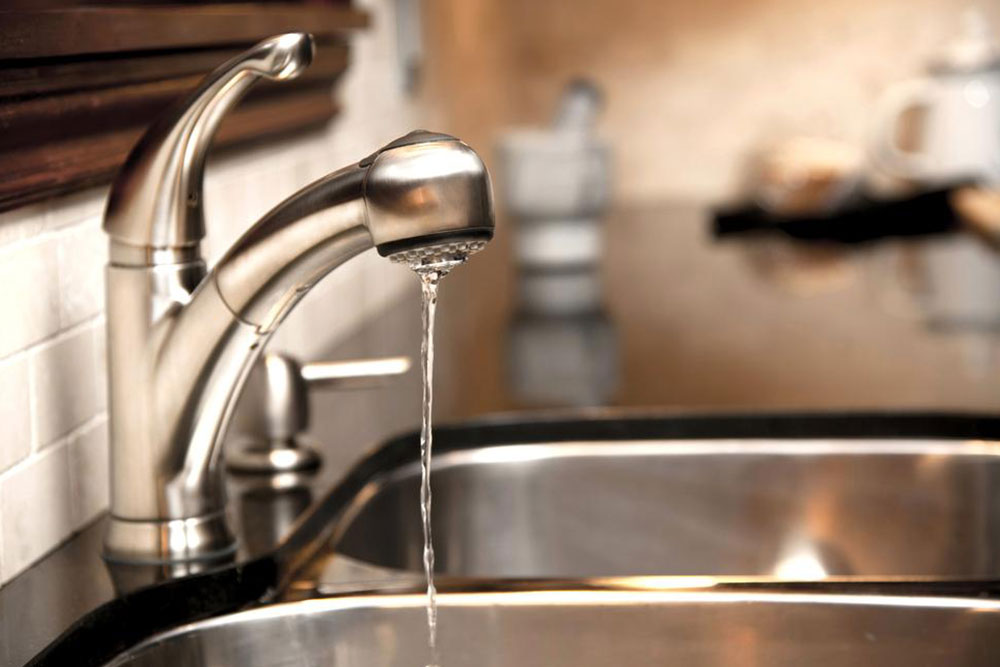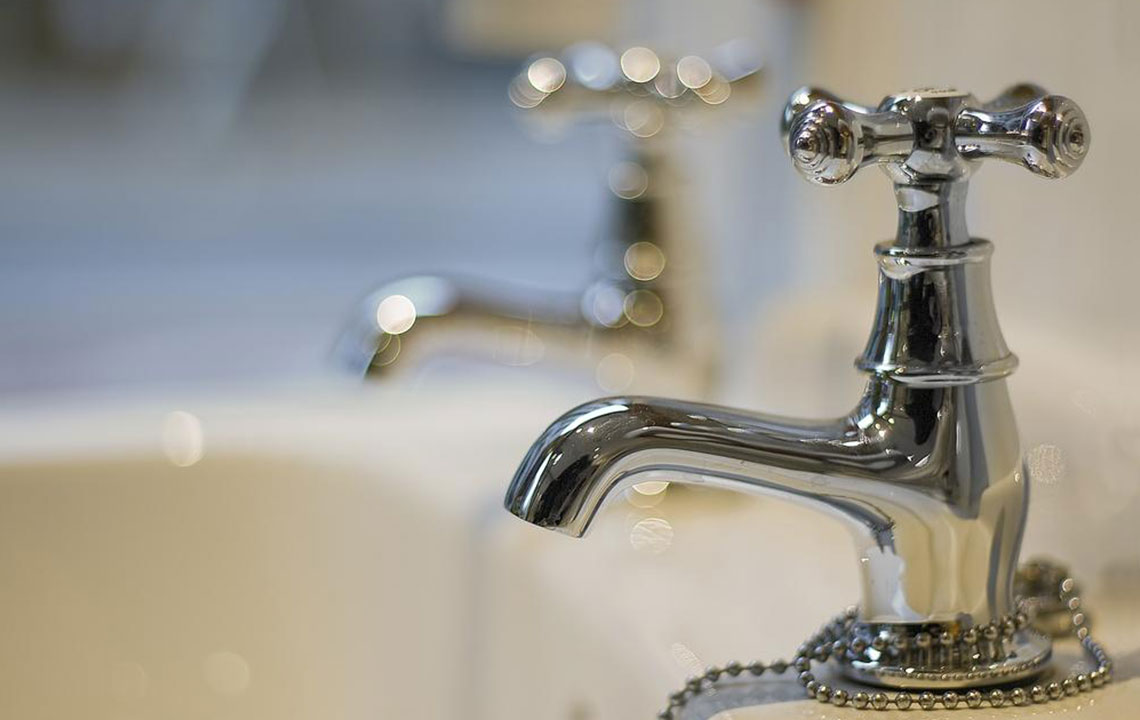Essential Guidelines for Choosing the Perfect Kitchen Faucets
Discover expert tips for selecting the best kitchen faucets. Learn about mounting hole compatibility, spout styles, and installation ease to ensure a perfect fit for your sink and kitchen style. Make informed choices with our practical guide to upgrading your kitchen hardware effectively.
Sponsored
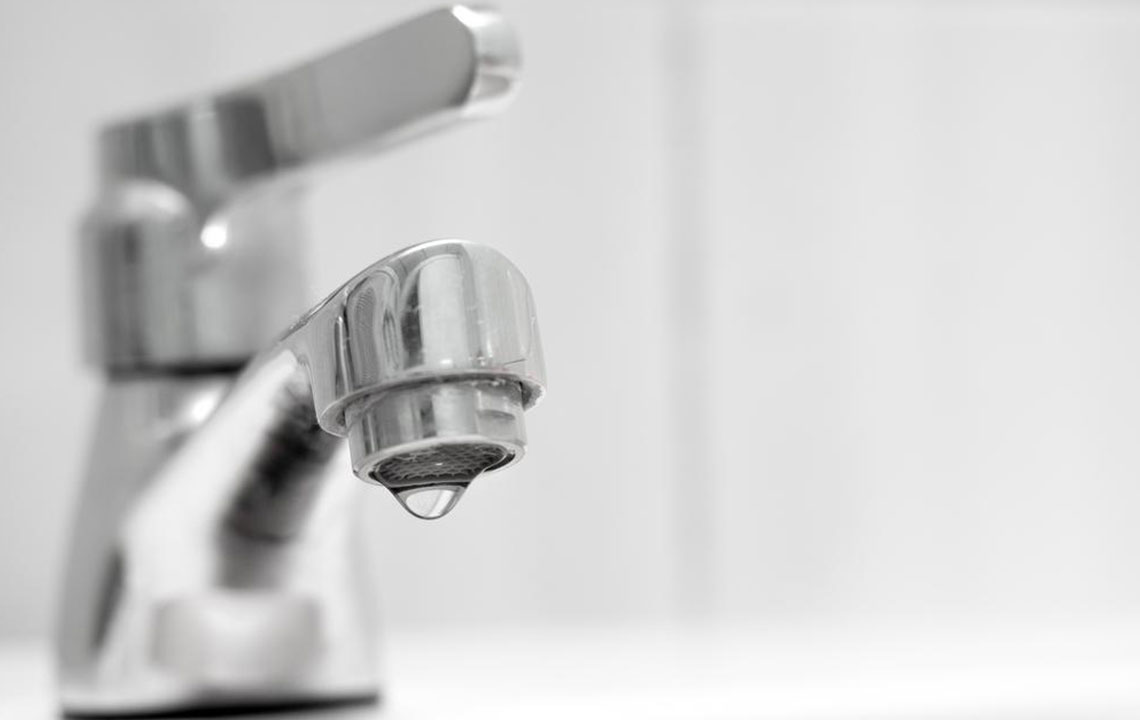
Replacing hardware is a common task during renovations. Today’s market offers a diverse selection of faucets that are not only stylish and sturdy but often come with lifetime warranties covering defects and finish issues for the original purchaser. Mainly, faucets are categorized into single-lever and dual-handle types, though specialized designs are also available. Here are some helpful tips to assist you in selecting the ideal faucet for your needs.
Determine the number of mounting holes
Sinks come with pre-drilled holes for faucet installation and accessories like soap dispensers or side sprayers.
Ensure that your chosen faucet fits your sink's configuration. If extra holes are present, a base plate can cover them. Avoid purchasing faucets requiring more holes than your sink has.
Consider spout styles and designs
The shape and style of the spout should complement your sink. For instance, straight spouts may need adjustment if you frequently fill large pots, while gooseneck models can cause splashing in shallow sinks. The faucet head should be flexible enough to maneuver across the entire basin.
Faucets should be proportioned to suit your sink size.
Review installation and maintenance processes
Installing a faucet with your sink during remodeling is often easier, especially if mounted before placing the countertop. Single-handle faucets are typically simpler to install. For two-handle versions, handles can be integrated with the baseplate or installed separately, often with a separate sprayer. When choosing a single-handle faucet, consider its clearance from the backsplash or window ledge to prevent obstructions. Pull-out sprayers need sufficient hose length to reach all areas of the sink.

